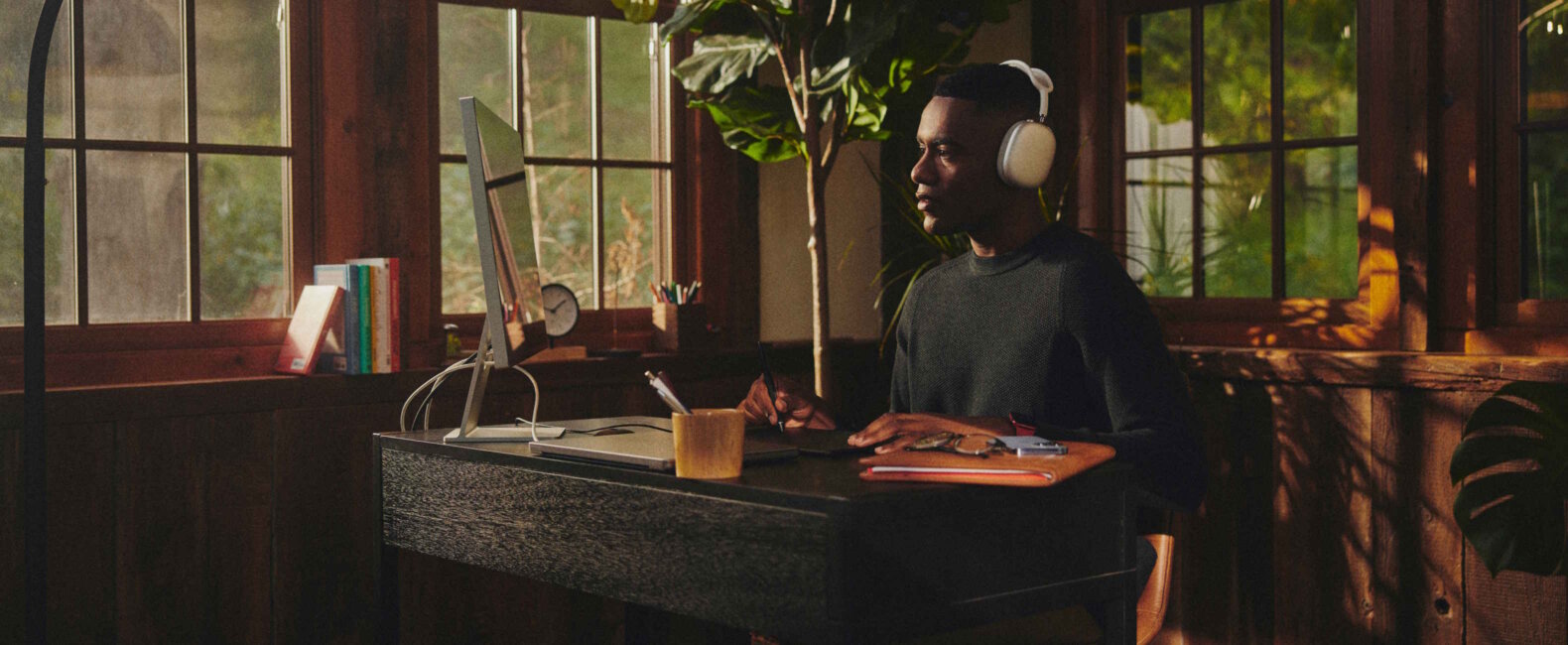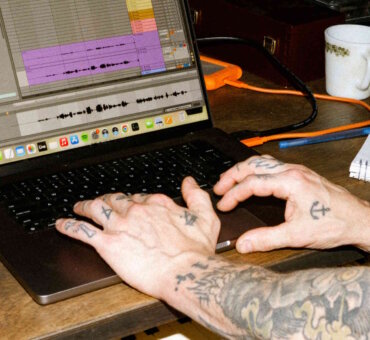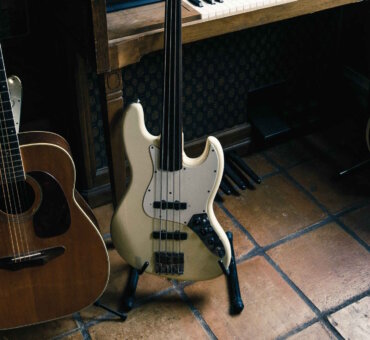Whatever film or video you’re making, obtaining the appropriate licensing and music rights is essential. On one hand, using copyright music in your work without the proper licensing is illegal and can result in costly legal consequences with fines and stressful lawsuits. Meanwhile, music artists deserve to be properly recognised and compensated for their work, which can be achieved with music licensing.
But in order to obtain the correct music license, you need to first understand what licensing actually is. Read on to take a closer look.
Basics of Licensing
Firstly, let’s understand the very basics here. What is licensing?
A music licensing definition
A music license is a legal agreement that grants permission to use copyrighted music in various ways – usually for a specified period and under specific conditions. It outlines the terms under which the music can be used, such as the purpose (for example, commercial use, synchronization with visuals, public performance), duration, territory, and fees or royalties to be paid to the copyright holder.
These licenses are essential for ensuring that artists and composers are properly compensated for their work while allowing others to legally use their music for various purposes.
The difference between licensing and purchasing outright
Licensing and purchasing outright represent two distinct ways of acquiring the right to use copyrighted material like music, software, or artwork.
- Licensing. When you license something, you essentially rent or lease the right to use it under specific terms and conditions set by the copyright holder. These terms can include limitations on usage, duration of the license, geographical restrictions, and payment of royalties or fees. With a license, you don’t own the material outright; you only have permission to use it according to the terms specified in the license agreement. Licenses are often used for software, music, and other creative works.
- Purchasing outright. When you purchase something outright, you buy it in full, and you own it completely. There are usually no ongoing fees or restrictions on how you can use the purchased item, as long as you don’t infringe on any copyrights or other legal rights associated with it. Purchasing outright is common for physical goods like books, CDs, and artwork. However, in the digital age, outright purchases of digital content like music or software are less common, as they often come with licenses that govern their use.
In summary, the main difference between licensing and purchasing outright is ownership and control. Licensing grants permission to use copyrighted material under specific conditions, while purchasing outright gives you full ownership of the material with relatively fewer restrictions on its use.
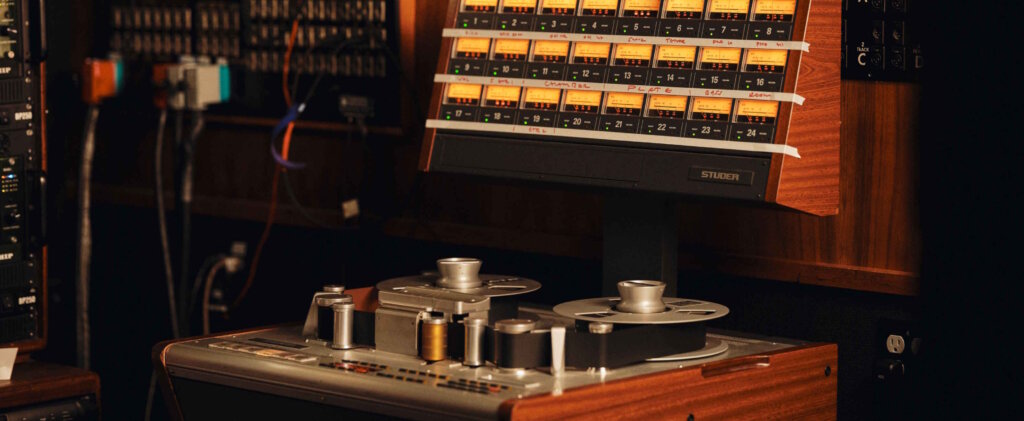
The Common Types of Licenses
There are three common types of licenses you should understand.
Single use licenses
A Single use license (or termed use license) typically grants permission to use a specific piece of music in a film project under certain conditions. It means that the song can only be used once – one song synced to one edit of one video one time. Multiple uses of a song will require multiple licenses, even if the end client stays the same. Here’s how the usage and restrictions might apply:
Usages
- Single project. As noted above, the Single Use License allows the filmmaker to use the licensed music in a single film project. This means the music can be synchronized with the visuals and sound of that particular film only.
- Limited duration. The license might specify the duration for which the music can be used in the film. For example, it may cover the music’s use in the film for a specific period, such as during festivals or screenings, or it may be perpetual, allowing for indefinite use.
- Specific rights. The license outlines the specific rights granted to the filmmaker, such as the right to synchronize the music with the film, perform it publicly, or distribute the film containing the music.
Restrictions
- Non-transferable. Similar to software licenses, a Single Use License for music is often non-transferable, meaning it cannot be transferred to another filmmaker or film project.
- Single use. The license typically covers the use of the music in one film project only. If the filmmaker wishes to use the music in another project, they would need to obtain a separate license.
- Territorial restrictions. Some licenses may include restrictions on where the film containing the licensed music can be distributed or screened. For example, it may be limited to certain countries or regions.
- Limited distribution. The license may restrict the distribution of the film to specific platforms or mediums, such as theatrical release, online streaming, or DVD distribution.
- Credit requirements. The license may require the filmmaker to credit the music appropriately in the film’s credits or promotional materials, acknowledging the original artist or copyright holder.
Multi-use licenses
Multi-use licenses refer to licenses that grant the holder the right to use a piece of music for multiple purposes or across various platforms. These licenses typically allow for a broad range of uses, such as in commercials, films, video games, and other media, without the need for separate permissions or payments for each specific use. Here are some of the advantages of that, compared with termed use licenses:
- Term. Multi-use licenses tend to offer more options when it comes to how long the license is valid for. Maybe it’s 13 weeks for a broadcast commercial – for 13 weeks that company can use the song in any distribution they want for a given project. Or maybe it’s very narrow. For example, a license is good for 1 year but only in relation to indie film festivals.
- Scope. Multi-use licenses often offer greater flexibility in how the music can be used. Filmmakers can incorporate the licensed music into multiple projects over time without needing to obtain additional licenses for each project.
- Cost-effectiveness over time. While the upfront cost of a perpetual license might be higher compared to a single-use license, it can be more cost-effective in the long run – especially for filmmakers who plan to use the music in multiple projects or over an extended period.
- Consistency. With a multi-use license, filmmakers can maintain consistency in their projects by using the same piece of music across different films or series, establishing a recognizable brand identity or style.
- Peace of mind. Once the perpetual license is acquired, filmmakers have peace of mind knowing that they have secured the rights to use the music legally for as long as they need, without the risk of copyright infringement or the need to constantly monitor and renew licenses.
Exclusive vs. Non-Exclusive Licenses
Exclusive and non-exclusive music licenses represent two different types of agreements between the licensor (usually the copyright holder) and the licensee (the user). Here are the key differences and applications between them:
Exclusive Music License
- Exclusive Rights. An exclusive music license grants the licensee exclusive rights to use the licensed music. This means that once the license is obtained, no one else can use the music for the duration of the agreement.
- Limited Distribution. Exclusive licenses often come with restrictions on distribution. The licensee may be limited in where and how they can use the music, such as specific territories or mediums.
- Higher Cost. Typically, exclusive licenses come with a higher price tag compared to non-exclusive licenses. This is because the licensee gains sole access to the music, limiting the licensor’s ability to license it to others.
- Customization. Exclusive licenses may offer more customization options, allowing the licensee to negotiate terms that best suit their project’s needs, such as duration of use, territorial restrictions, or specific edits to the music.
You may also find customization is possible with non-exclusive licenses – it’s more a difference between onsite licenses that offer no real customization and “enterprise” or custom licenses where license details are negotiated per project.
- Exclusivity Period. The exclusivity period specifies the duration during which the licensee has exclusive rights to use the music. Once this period expires, the licensor may choose to renew the exclusive agreement or license the music to others.
Applications
Exclusive licenses are suitable for projects where the licensee wants to have complete control and exclusivity over the music, such as major motion pictures, high-profile advertising campaigns or signature branding elements.
They are also common in projects where the licensee wants to ensure that the music is not used by competitors or in similar projects, maintaining a unique identity or association with the music.
Non-Exclusive Music License
- Non-Exclusive Rights. A non-exclusive music license grants the licensee the right to use the licensed music, but it does not prevent the licensor from granting the same rights to others. Multiple licensees can use the same music simultaneously under separate agreements.
- Lower Cost. Non-exclusive licenses are generally more affordable than exclusive licenses because the licensor can continue to license the music to multiple parties, increasing its revenue potential.
- Broad Distribution. Non-exclusive licenses typically come with fewer distribution restrictions. Licensees have more freedom to use the music across various platforms, territories, and mediums.
- Limited Customization. Non-exclusive licenses may offer less room for customization compared to exclusive licenses. The terms and conditions are often more standardized, with fewer options for negotiation.
- No Exclusivity Period. Non-exclusive licenses do not have an exclusivity period. The licensee can continue to use the music for as long as the license agreement is valid, alongside other licensees who may also be using the same music.
Applications
Non-exclusive licenses are suitable for projects with smaller budgets or broader distribution needs, such as independent films, online videos, podcasts, or small-scale advertising campaigns.
They provide flexibility for licensees who want access to quality music without the higher costs or restrictions associated with exclusive licenses.
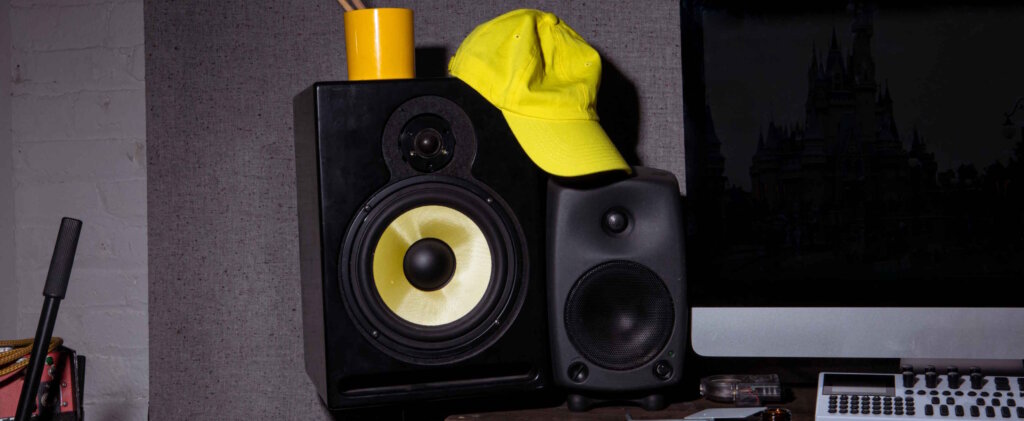
License Applications by Use Case
Music licenses can be applied to a number of different use cases. Let’s take a look at a few of the most common ones below.
Personal use
Individual Use projects are videos of personal life events, such as birthdays, graduations, holidays, etc. Personal Use projects cannot be used in affiliation with any brand, company, or organization, including personal branding, or for films/passion projects. They also cannot be posted on websites or pages that include client/portfolio work or links to client/portfolio work. Personal Use licenses are just for videos of personal life events to be shared with friends and family on your personal UGC sites.
Internal use
Internal Use covers the use of the project by and for members of and/or within a single organization. Such uses would include internal organizational meetings, training sessions, shareholder meetings, etc. This means that every person viewing the project is employed by the same company or organization. If any non-employees are present, then the project will be considered Industrial Use.
Industrial use
Industrial use concerns when the project is available in any non-broadcast medium to any individual or audience that is not a member of the organization. Such uses would include public events, fundraisers, sales meetings, tradeshow displays, sales giveaways, external presentations, leave-behinds, in-store promos, and presentations to potential clients or investors promoting a single company, product, or service.
Commercial use
If there is any branding or logos in the project or the project is promoting anything in any way, it needs a promotional license. This covers if the music is used in a project promoting a brand, product, service, promotion, company, organization, or event, including fundraising and calls to action.
In terms of Musicbed subscriptions, the promotional license options available are ‘Small Business’, meant for brands with up to 50 employees, ‘Business’, meant for brands with 51-250 employees, and ‘Enterprise’ meant for large brands with over 250 employees (request a quote for custom pricing). The employee count used should be the global employee count of the brand/business publishing the video, including all full and part-time employees.
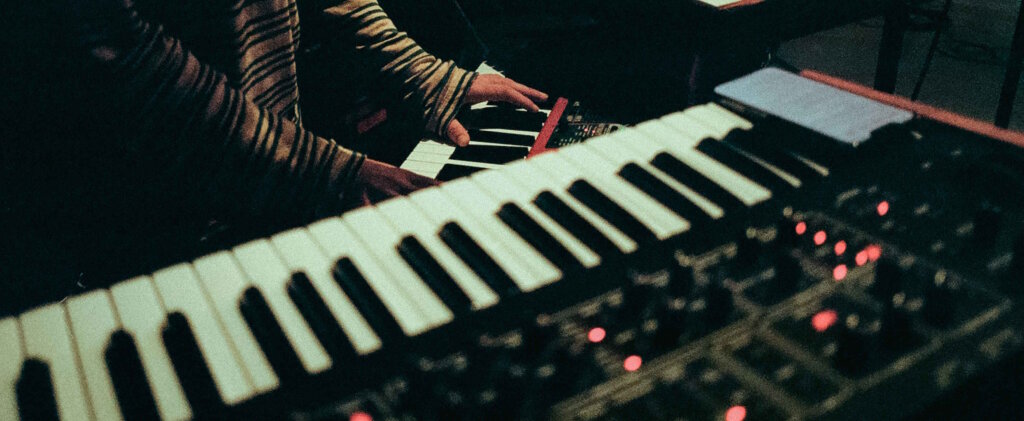
Special Licensing Considerations
Of course, every project is different and there may be some special licensing considerations in play. Take a look at the following.
Non-Profit Licenses (501(c)(3) and International Equivalents)
This covers companies that are registered as a non-profit organization meeting criteria explicit in article 501(c) of the United States Internal Revenue Code. International Equivalents are companies with a non-profit registration in their home country equal to the 501(c)(3) registration in the United States. If this applies to you, then your music license terms and cost may be different.
Geographical and Territorial Restrictions
Of course, your geographical location can also have an impact on music licensing. Different regions around the world will have different copyright laws and regulations, which you’ll need to be aware of. Territorial restrictions are limitations that are placed on the use or distribution of music based on specific geographic areas, often imposed by copyright holders and licensing agencies as a way of controlling the distribution of their music in certain regions and countries.
Musicbed’s licenses are global. While a specific country may have other fees associated with distribution that Musicbed has no control over (such as Germany’s GEMA PRO, or Canada’s SOCAN), Musicbed licenses are always able to be used globally.
Digital content and monetization
When you’re using music in your videos for YouTube and other various social media platforms such as TikTok and Instagram, you may have the option to monetize. This scenario comes with its own unique set of rules and licenses that can somewhat differ to traditional mediums such as film and broadcast
Musicbed’s Licensing
So, with all of that being said, how does music licensing work with Musicbed? First of all, Musicbed grants a Synchronization/Master Use License, which allows music to be used in timed relation to a slideshow, video or film.
Whether you’re an individual creator, a business owner or a non-profit, we can provide all kinds of different licenses depending on your personal needs and factors, as discussed above. To check out more details and coverage on our subscriptions, you can head over to our pricing page.
We can even provide you with custom services, working on your behalf to clear any song in the world, as well as to work on custom music projects with our carefully curated roster of artists.
Summary
So, now that you understand the concept of licensing, you’ll hopefully have a better idea of what’s applicable to you and your project.
Whether you’re an individual creator just getting started or a large for-profit corporation, obtaining the correct music license is vitally important in order to protect yourself from the pain, cost and hassle of legal consequences. It also enhances project integrity and ensures that the creatives behind the music are fairly compensated and rightly acknowledged for their hard work.















































































